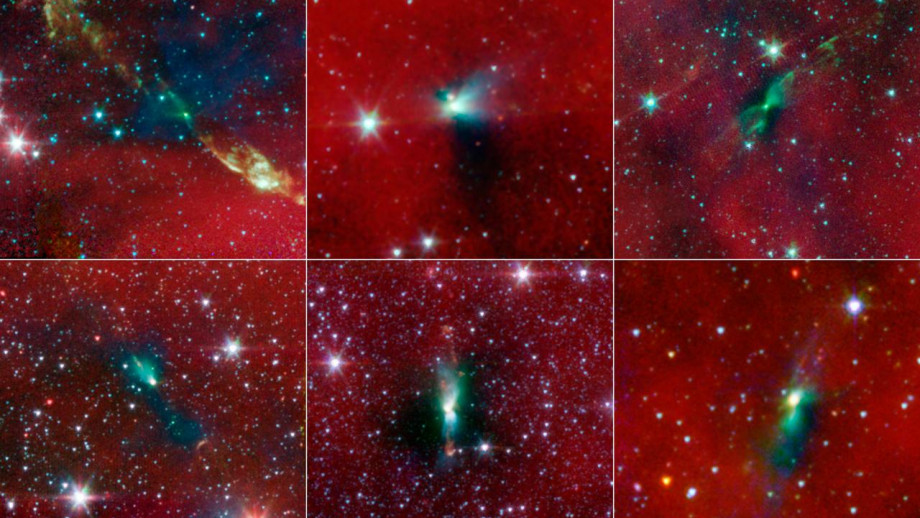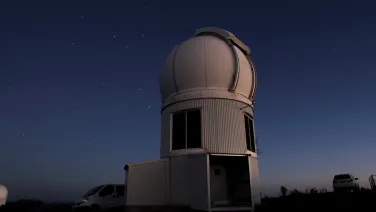Star couple caught ending their embrace

We now have new clues about a mysterious stage in the life of binary stars, thanks to research from The Australian National University (ANU) and Yunnan Observatory in China.
Half of all stars come in pairs, known as binary stars. We understand the lives of single stars, but star couples live more complicated lives.
According to co-author of the study, Associate Professor Christian Wolf from ANU, the "common envelope phase" is particularly important for binary stars, but until now it had never been observed.
For the first time, the research team discovered a tight binary star with an expanding shell of material around it - the leftover of the common envelope.
"In the early stages, two stars often circle around each other with nothing much happening," Associate Professor Wolf said.
"But when one of the stars grows into a red giant, it does not just claim more empty space the way a single star will do.
"Instead, it 'embraces' or engulfs its companion, and they appear as one star under an opaque envelope. That's when things get really exciting. The friction of their motion inside the envelope profoundly alters what happens next for the stars. It not only causes heat but slows down the stars, so they spiral into an ever-tighter orbit; the envelope finally overheats and gets blown away."
The blow-out of this particular binary star happened about 10,000 years ago.
"The common envelope phase is a missing link in the very long and complex chain of events making up the life of stars. Now we are starting to fix that link," Associate Professor Wolf said.
"It could even help us better reconstruct gravitational wave events, such as black hole mergers."
The researchers believe this first glimpse of the phenomenon could lead to the discovery of more stars at this critical stage in their life.
"It may be easier to recognise them now we have a clearer idea of what to look for. There may be others that have been under our nose the whole time," Associate Professor Wolf said
The research has been published in Monthly Notices of the Royal Astronomical Society.


